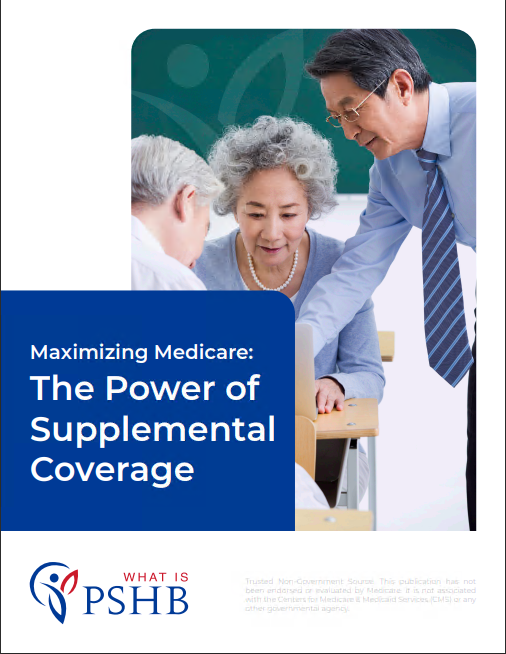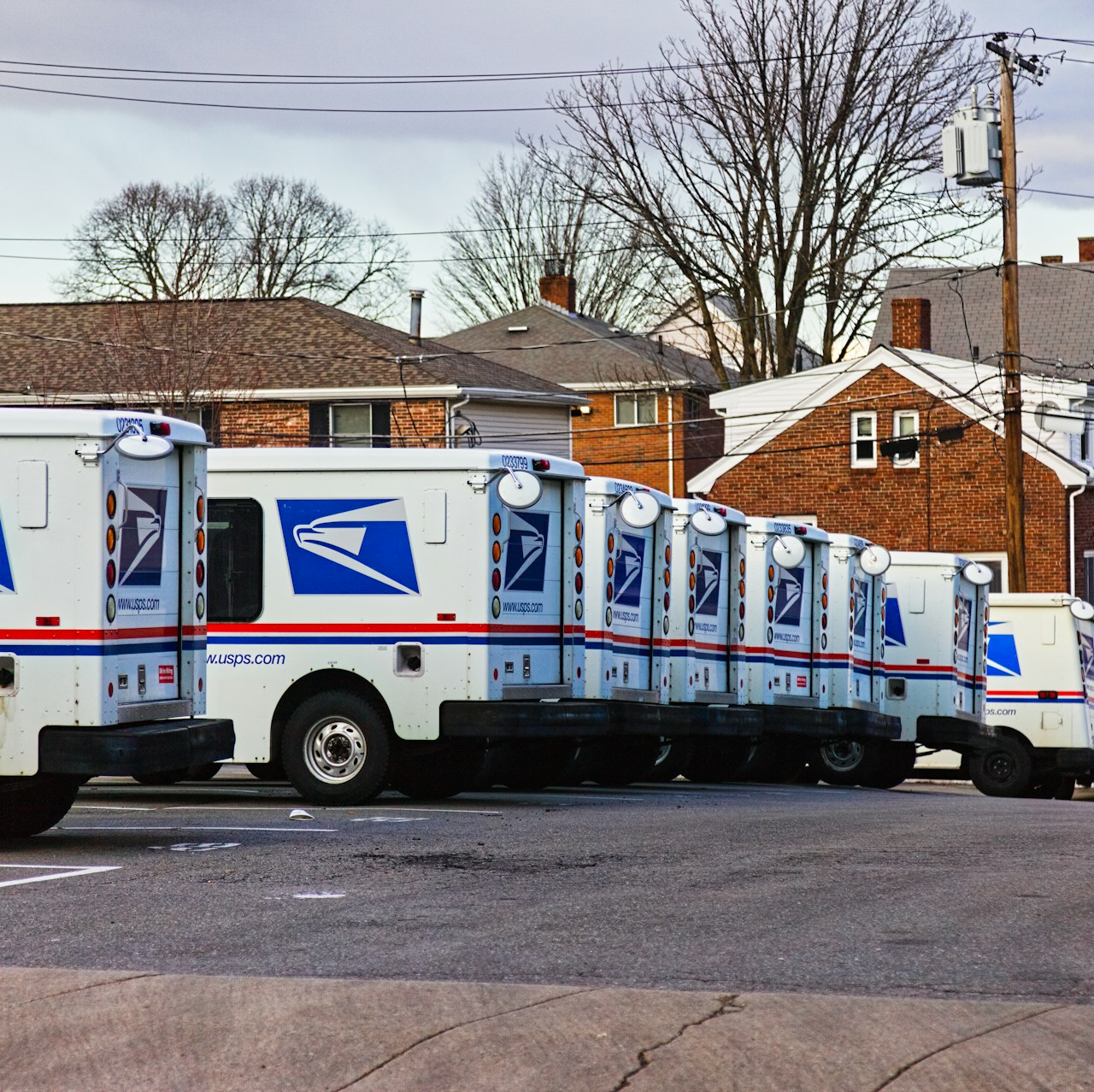Key Takeaways
-
The 2025 transition to the Postal Service Health Benefits (PSHB) program brings significant changes, including new enrollment requirements and the integration of Medicare for some enrollees.
-
Understanding your healthcare options and the new rules is crucial to maintaining your coverage and maximizing your benefits under PSHB.
A New Era for Postal Health Benefits
The 2025 shift from the Federal Employees Health Benefits (FEHB) system to the Postal Service Health Benefits (PSHB) program marks a pivotal change for Postal Service employees, annuitants, and their families. With the PSHB program, you’ll need to navigate new enrollment rules, cost structures, and benefit options. Let’s dive into what this means for your healthcare choices.
Why the Transition to PSHB?
The PSHB program is part of a broader effort to align the Postal Service’s health benefits more closely with the unique needs of postal employees and retirees. This change aims to streamline benefits, improve cost efficiency, and ensure sustainable coverage for the future.
-
Focus on Postal Needs: Unlike the FEHB system, PSHB is tailored specifically for Postal Service workers and their families.
-
Cost Efficiency: By separating postal benefits from the larger federal pool, PSHB seeks to manage premiums and coverage options more effectively.
-
Medicare Integration: For Medicare-eligible enrollees, PSHB introduces seamless integration with Medicare Part B and Part D.
Who Needs to Take Action?
The transition to PSHB affects all current Postal Service employees, retirees, and their eligible family members. However, the actions you need to take depend on your current status:
1. Active Employees
If you’re a current Postal Service employee, you’ll automatically transition to a corresponding PSHB plan unless you choose a different one during Open Season. It’s important to:
-
Review Your Options: Compare plans carefully to ensure the selected coverage meets your needs.
-
Plan for Medicare: If you’re nearing retirement and eligible for Medicare, consider how your PSHB plan will coordinate with Medicare.
2. Retirees
As a retiree, you must enroll in a PSHB plan to maintain your health coverage. Medicare-eligible retirees will need to:
-
Enroll in Medicare Part B: If you’re required to enroll in Part B but haven’t yet, take action during the Medicare General Enrollment Period (January 1 – March 31) to avoid coverage gaps.
-
Understand Medicare Part D Integration: Prescription drug coverage under PSHB includes a Medicare Part D Employer Group Waiver Plan (EGWP).
3. Family Members
Eligible family members, including spouses and dependents, must also be enrolled under a PSHB plan. Ensure that:
-
Dependent Coverage is Updated: Verify that all eligible family members are listed on your plan.
-
Medicare Coordination is Understood: Medicare-eligible dependents must meet the same requirements as the primary enrollee.
Key Enrollment Timelines
Navigating the transition to PSHB involves adhering to strict timelines. Missing these deadlines could lead to lapses in coverage.
-
Automatic Enrollment: If you’re already enrolled in an FEHB plan, you’ll automatically be transitioned to a similar PSHB plan unless you actively choose another option during Open Season.
-
Open Season (November 11 – December 9, 2024): This is your opportunity to review and change your health plan for 2025.
-
Qualifying Life Events (QLEs): Outside of Open Season, you can only make changes if you experience a QLE, such as marriage, divorce, or the birth of a child.
The Role of Medicare in PSHB
A significant aspect of the PSHB program is its integration with Medicare for eligible enrollees. If you or a family member qualifies for Medicare, understanding how it works with PSHB is essential.
Medicare Part B
Most Medicare-eligible Postal Service retirees and family members must enroll in Part B to maintain PSHB coverage. Key considerations include:
-
Premium Costs: While Medicare Part B has its own premium, some PSHB plans offer premium reimbursements.
-
Coordination of Benefits: Medicare becomes your primary coverage, with PSHB serving as secondary coverage to fill gaps.
Prescription Drug Coverage
Prescription drug benefits under PSHB are provided through a Medicare Part D EGWP. This arrangement simplifies your medication costs and ensures comprehensive drug coverage.
Exceptions to Medicare Requirements
Not everyone is required to enroll in Medicare Part B. Exceptions include:
-
Retirees who left service on or before January 1, 2025.
-
Employees aged 64 or older as of January 1, 2025, who are nearing retirement.
Making the Most of Your PSHB Benefits
Maximizing your healthcare benefits under the PSHB program requires a proactive approach. Here are some tips to help you make informed choices:
1. Compare Plans Thoroughly
During Open Season, take the time to review all available PSHB plans. Consider factors such as:
-
Monthly premiums
-
Deductibles and copayments
-
Coverage for vision, dental, and hearing
2. Leverage Medicare Benefits
If you’re eligible for Medicare, coordinate it with your PSHB plan to reduce out-of-pocket costs. Look for plans that:
-
Offer Part B premium reimbursements
-
Waive deductibles for Medicare enrollees
3. Plan for Long-Term Needs
Your healthcare needs may change over time. Choose a plan that provides flexibility and comprehensive coverage to meet future requirements.
Addressing Common Concerns
The transition to PSHB has raised several questions among Postal Service employees and retirees. Here are some of the most common concerns:
Will My Costs Increase?
While some enrollees may see changes in premiums or out-of-pocket expenses, the PSHB program aims to balance costs and benefits effectively. Medicare-eligible enrollees may experience savings through premium reimbursements and integrated drug coverage.
What Happens if I Don’t Enroll in Medicare Part B?
Failing to enroll in Medicare Part B when required could result in the loss of your PSHB coverage. Be sure to meet enrollment deadlines to avoid penalties or gaps in coverage.
How Do I Update My Plan?
You can make changes during Open Season or after a QLE. Use online tools provided by the Office of Personnel Management (OPM) to review and update your plan.
Staying Informed
The transition to PSHB is a significant change, and staying informed is key to making the best choices for your healthcare. Resources are available to guide you:
-
OPM Website: Offers detailed plan comparisons and enrollment tools.
-
Annual Notice of Change (ANOC): Provides updates on plan modifications for the coming year.
-
Customer Service: Contact your plan provider for specific questions about benefits and costs.
Preparing for 2025 and Beyond
The 2025 transition to the PSHB program represents a new chapter in Postal Service health benefits. By understanding the changes, reviewing your options, and taking timely action, you can ensure that your healthcare needs are met effectively.












